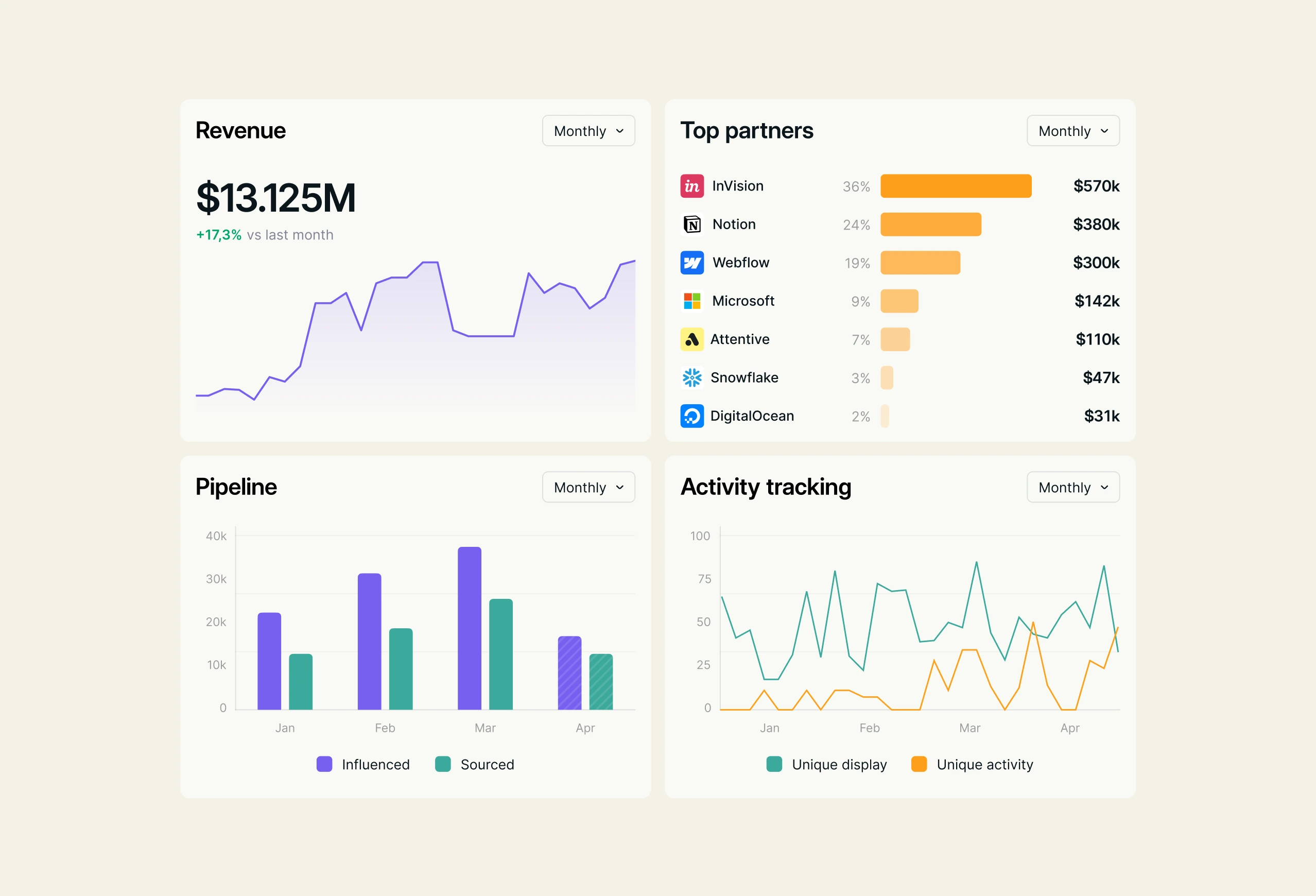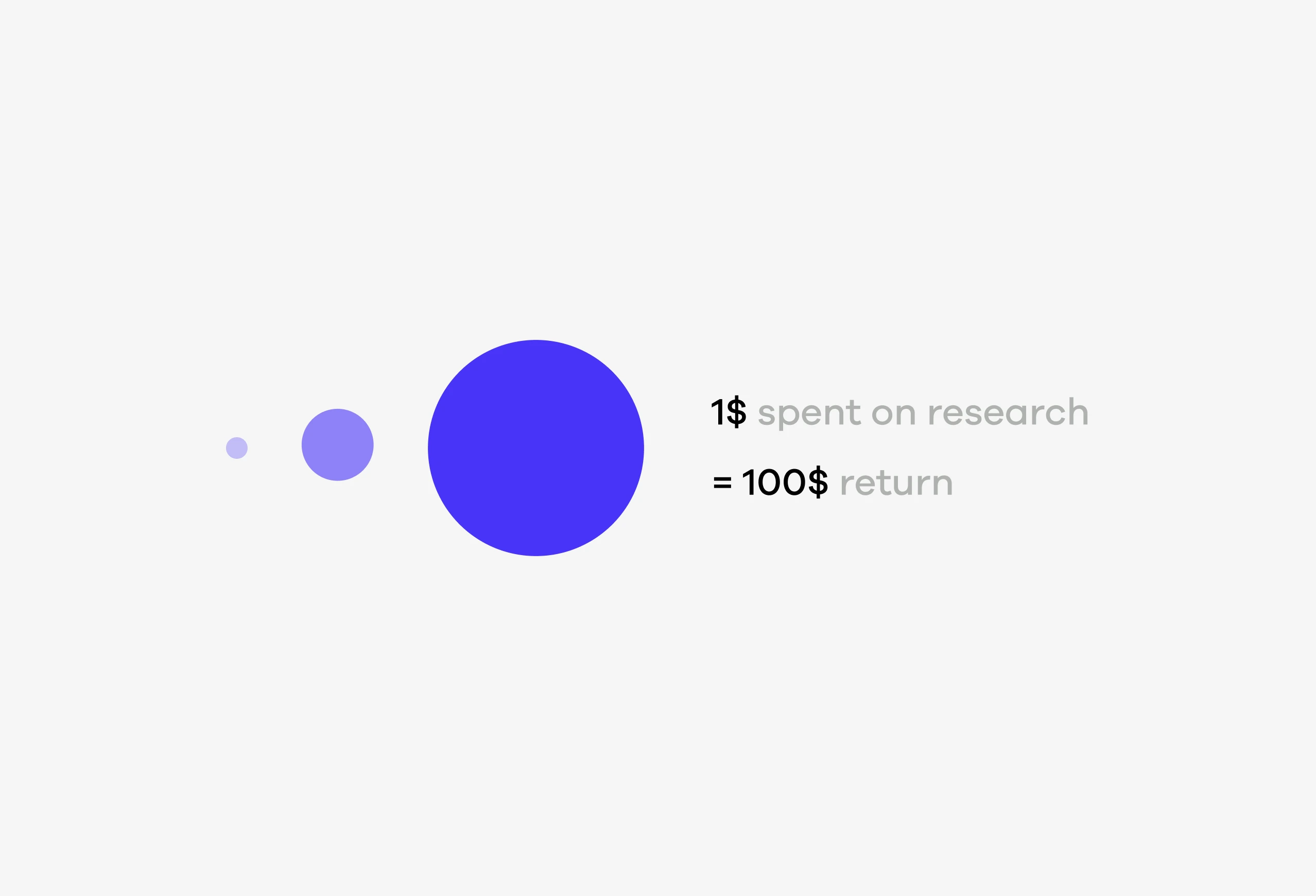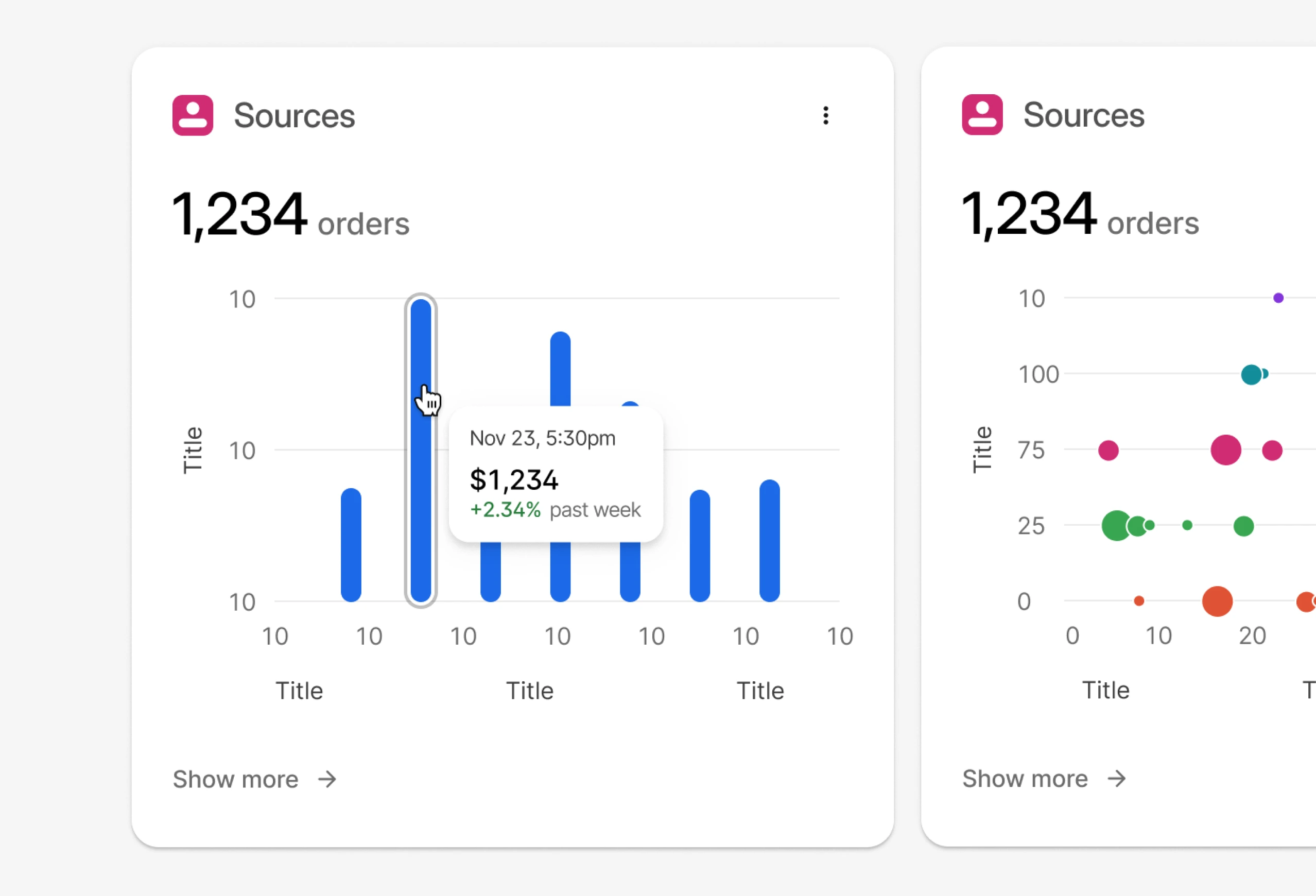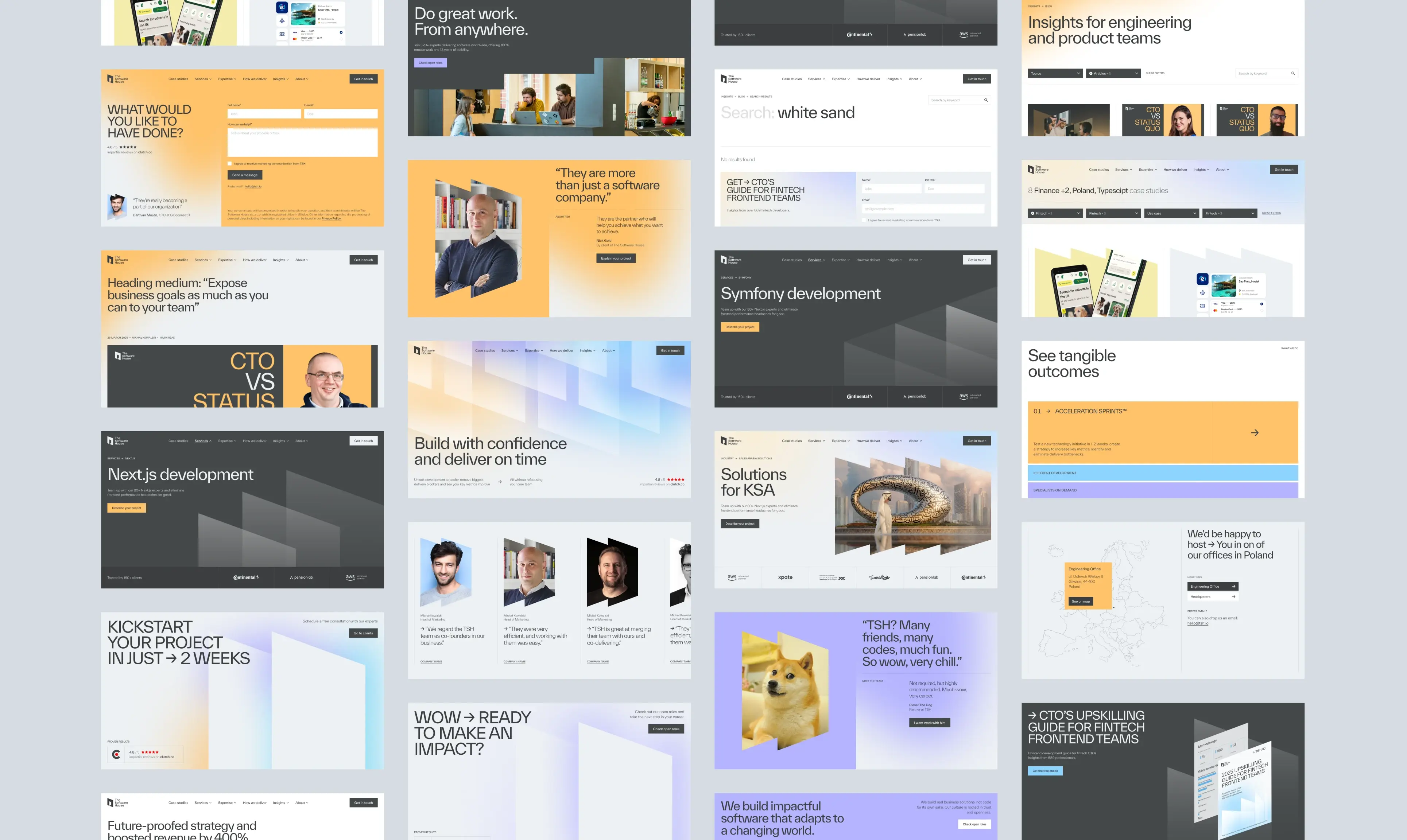Ever watched a developer squint at a screen, muttering "this doesn't look right" for the third time this week? Yeah, we've all been there.
Here's the thing - most teams think design is just the pretty stuff you slap on at the end. Like putting a bow on a gift box. But what if we told you that's exactly why your product feels... well, a bit wonky?
The real talk about design in development
We've worked with enough ambitious companies to know this: when design only shows up for the "ideation phase," things get messy. Fast.
Picture this: your developers are building features like absolute legends, but without a design perspective, you end up with:
- User flows that make perfect sense to engineers but confuse actual humans
- A collection of UI components that look like they're from different decades
- That moment when someone says "we need design help" but it's week 47 of development
Sound familiar? Don't worry - it happens to the best of us.

The numbers don't lie (and they're pretty wild)
Before you roll your eyes at another "ROI of design" speech, hear us out.
- Every $1 invested in UX yields up to $100 ROI — a staggering 9 900% efficiency gain, per Forrester and UXCam (Figma).
- Firms with strong design orientation grow revenue 32% faster and enjoy 56% higher returns than peers (DesignRush).
- 88% of users won’t return to a poor UX, and 94% judge a site’s credibility based on design and navigability (UXCam).
- Fixing bugs post-development is ~100× more expensive than during design/UX discovery. Math isn't lying here.

How to actually make this work
Alright, enough theory. Let's get practical. Here's what we've learned works:
- Build your design system (it's your new best friend). Think of it as your component library's cooler, more organized sibling. Everything has its place, everything looks intentional. Create a single source of truth — reusable and scalable
- Start with a design-dev kickoff. Get your designer and engineer in the same room (virtual counts!). Hash out the details before anyone writes a single line of code. Minimize ambiguity in architecture and UX
- Create a design-dev Slack channel. Trust us on this one. Those quick "hey, should this button be blue or slightly different blue?" questions need a home. Address UI/UX queries without blocking dev.
- Weekly check-ins are your friend. Fifteen minutes to catch things before they become problems. It's like flossing - not glamorous, but it saves you pain later. Maintain alignment, anticipate architectural drift.
- Designer QA is non-negotiable. Before anything ships, let your designer take a look. They'll catch the little things that make users go "hmm, this feels off." Catch deviations before release → prevent regression and UX debt.

The bottom line
Here's what continuous design integration actually gets you:
- Faster delivery — reusable components plus fewer reworks equals faster releases
- Reduced costs — preventing late-stage bugfixes saves about 100x more per issue (we weren't kidding about that math)
- Enhanced UX consistency — unified flows, fewer user errors, happier end-users
- Streamlined communication — breaking down dev-designer silos means flow issues get resolved before they hit production
Look, we're not saying this because we're a design agency (okay, maybe a little). We're saying it because we've seen what happens when teams nail this collaboration.
Products feel more intentional. Development goes smoother. Users actually enjoy the experience instead of just tolerating it.







